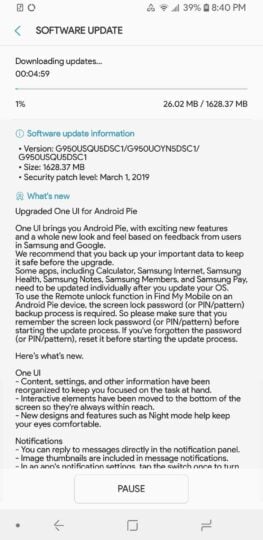Our Galaxy M30 review isn’t going to be as big as our regular reviews. The reason for that is simple: The Galaxy M30 is pretty much a Galaxy M20 with some upgraded specs so we weren’t willing to do an extensive review for things that have remained the same. The Galaxy M30 gets a slightly larger AMOLED display, an extra camera at the back, a higher-resolution front camera, more RAM on the base variant, and some design variations, and these features add around Rs. 4,000/$60 to the Galaxy M20’s price tag (the M30 starts at Rs. 14,990/$215 while the M20 starts at Rs. 10,990/$160).
Whether those features make a big impact and justify the added cost is what we’ll see in this review. For everything else, we’d suggest looking at our Galaxy M20 review first, then coming back here. Done? Alright, let’s get started.
Galaxy M30 review: Design and display
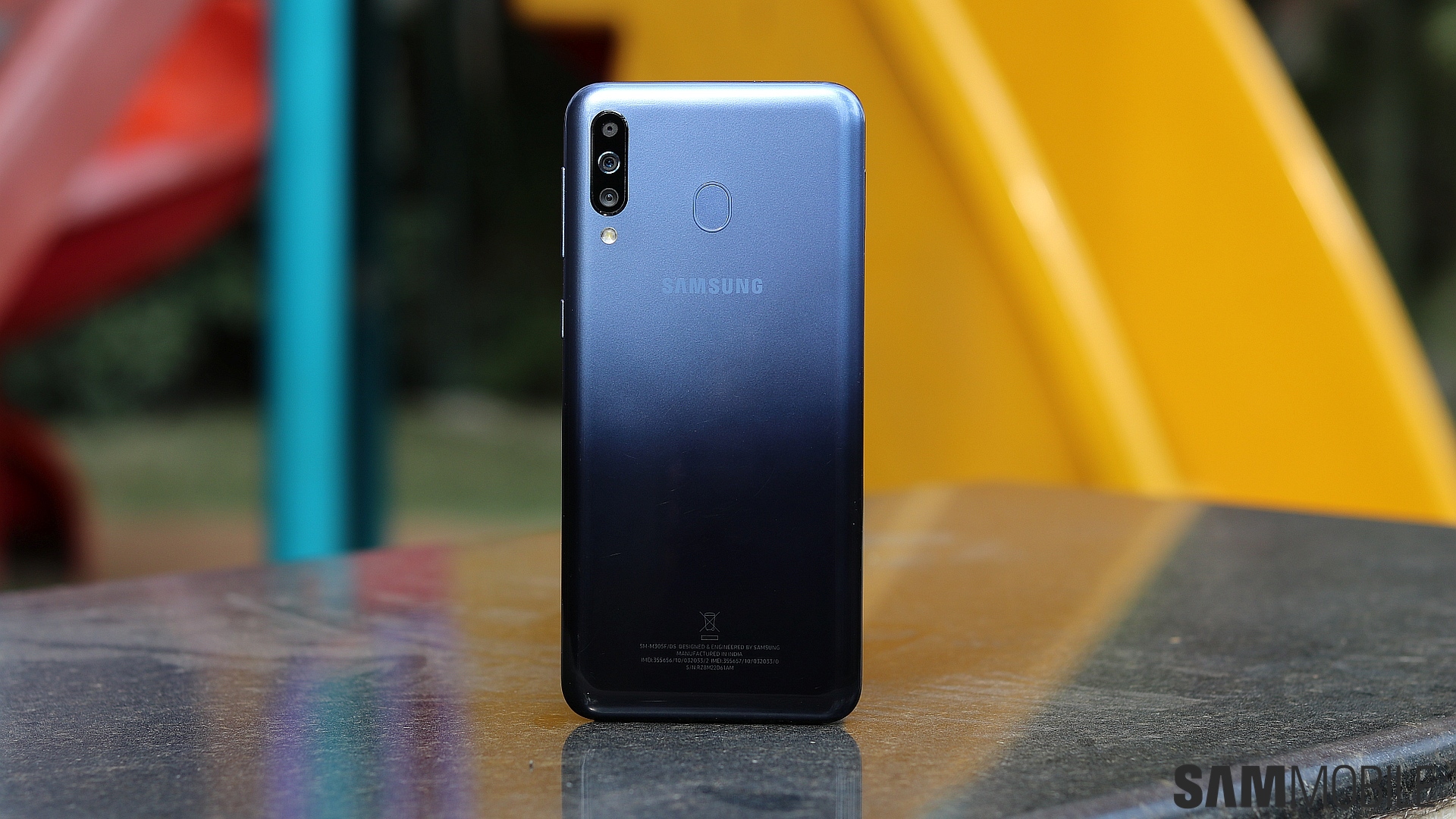
The Galaxy M30 looks exactly like the Galaxy M20 from the front, but the back of the device gets some visual upgrades. First, there’s the gradient coloring. Our blue review unit has a darker shade of blue towards the bottom of the device, and it goes without saying that it looks quite beautiful. Samsung has also added a matching colored ring around the middle of the three rear cameras, which is a neat visual touch that first appeared on the Galaxy A8s. The Galaxy M30 also felt lighter in the hand, perhaps because the weight is more evenly spread out thanks to the bigger body compared to the M20, but handling doesn’t get any noticeable benefit.
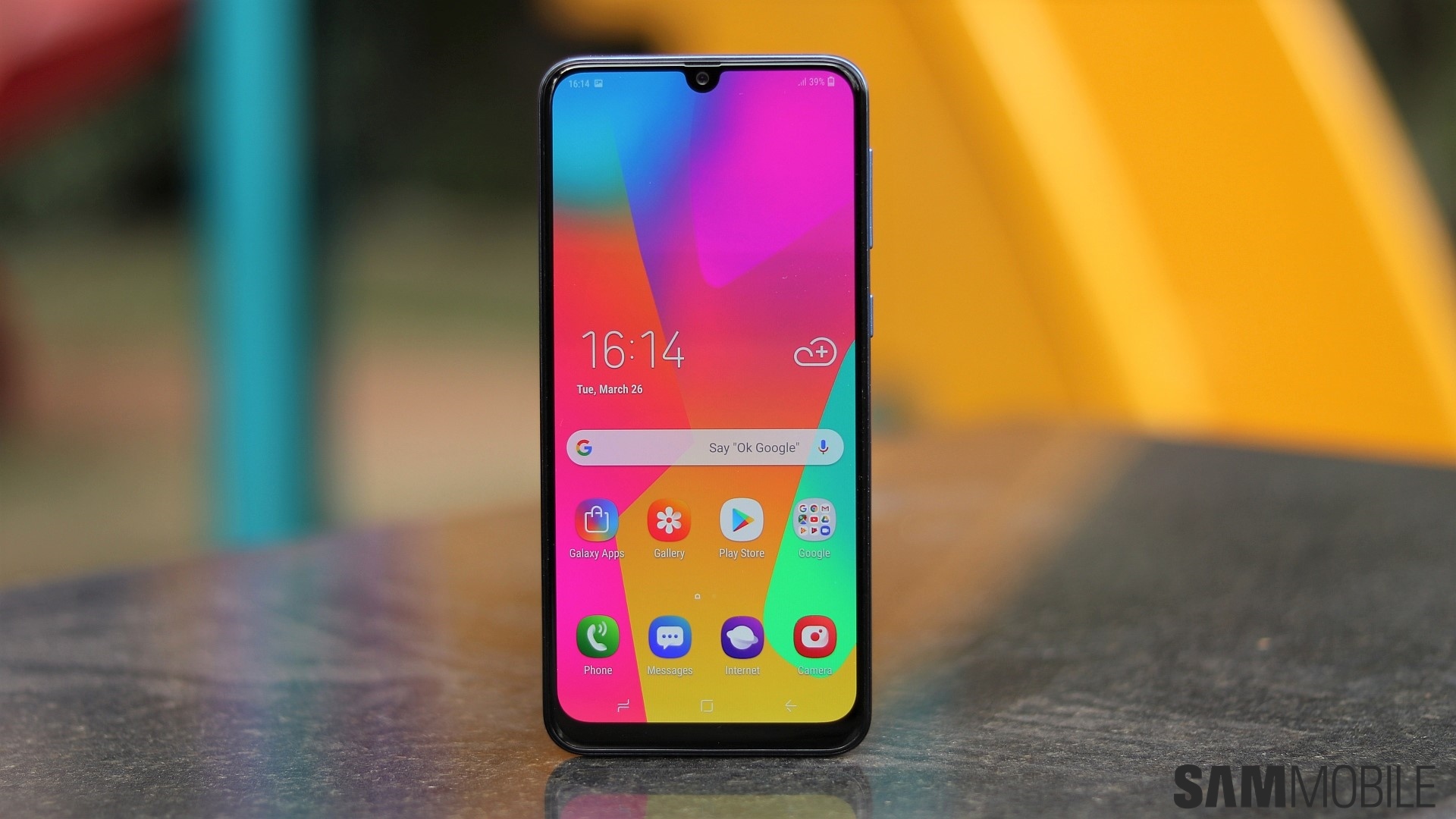
Let’s talk about that 6.4-inch Super AMOLED display. There was a time when an AMOLED display was an instant winner compared to an LCD panel, but that’s not true here. The Galaxy M20’s 6.3-inch LCD display is pretty great, and while the M30 is brighter and has slightly more vivid colors, it’s not better by a whole lot when put side-by-side and the M20 display won’t give you any cause for complaints. The photos of the Galaxy M30 and M20 next to each other should give you an idea of what we mean (the M30 is on the left).
And yes, the Galaxy M30’s notch is also shaped a bit different. It’s a U-shaped notch as opposed to the M20’s V-shaped notch, and this doesn’t affect the user experience in any way.
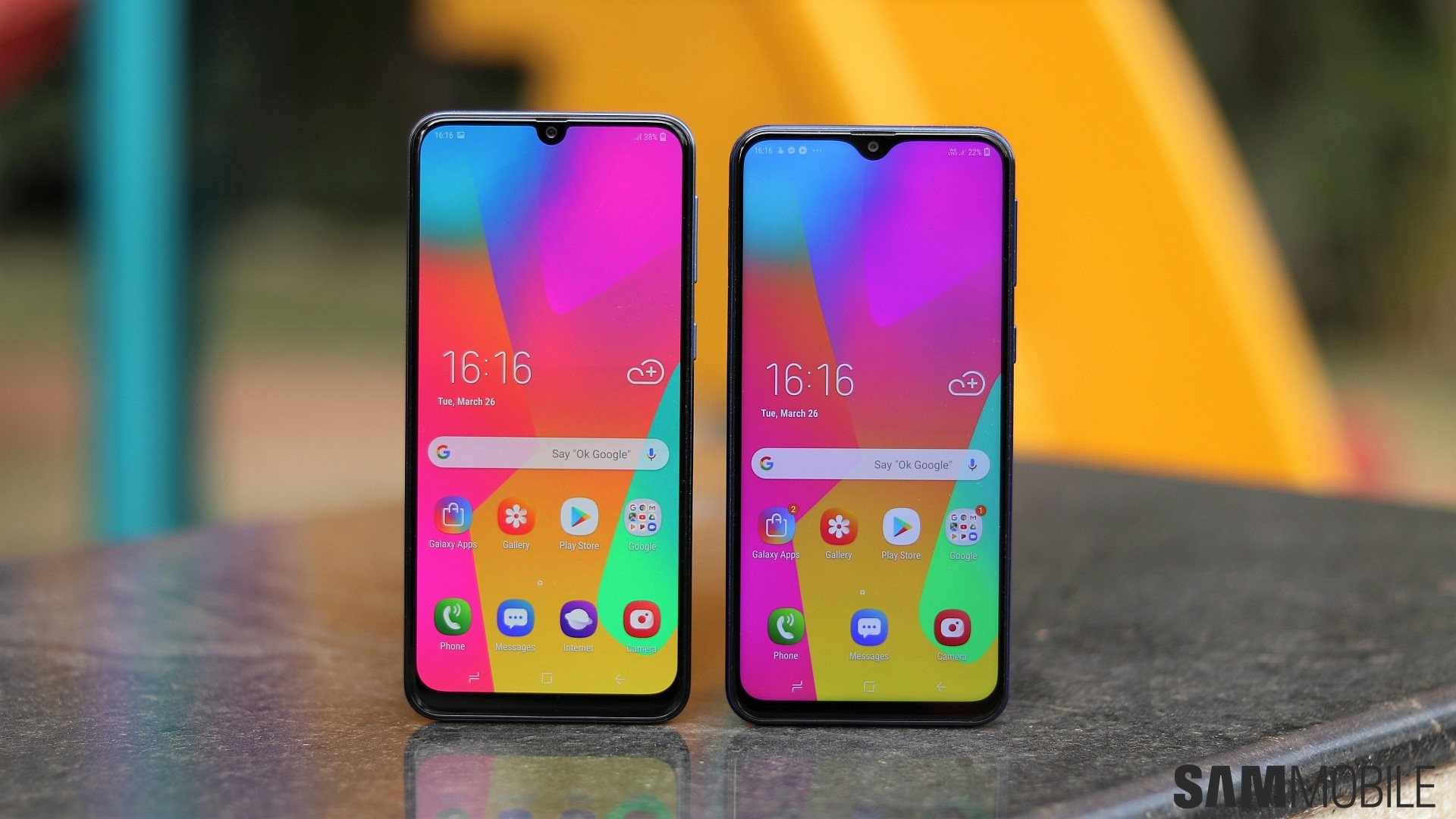
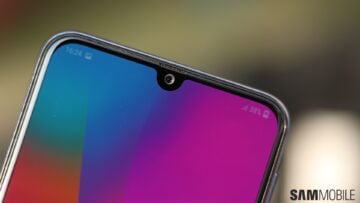

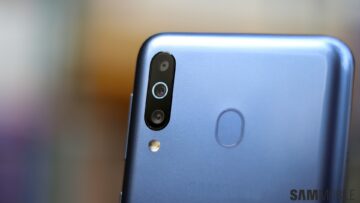
Depth-sensing camera for better Live Focus bokeh photos
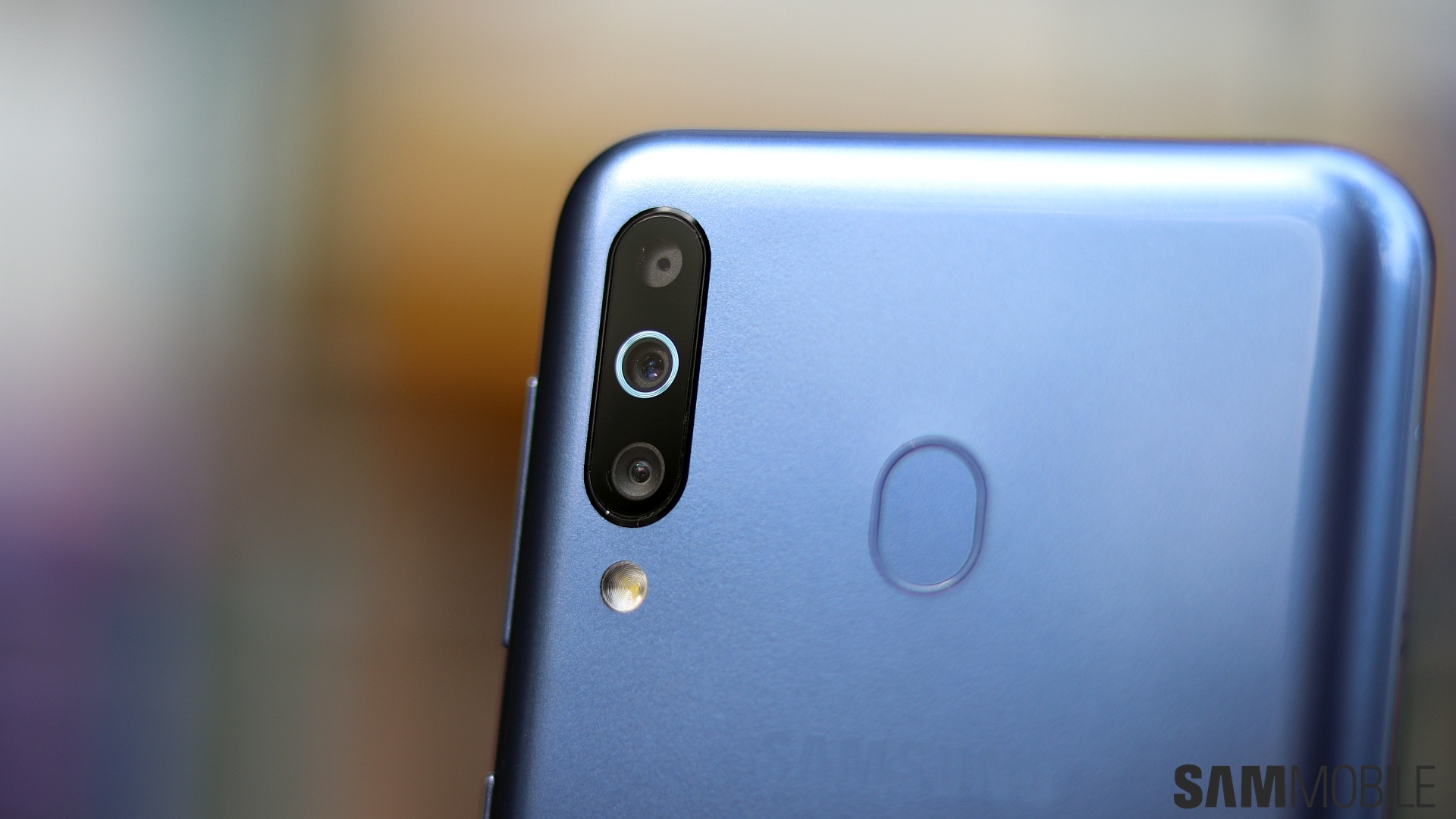
If the Galaxy M30’s display isn’t a big reason for you to get it over the M20, the additional rear camera certainly won’t be, unless you love taking bokeh photos of objects instead of only human beings. The Galaxy M20 had a software-based Live Focus mode for bokeh pictures from the rear cameras and could only take portrait photos of people. The depth-sensing 5MP camera on the M30 removes that limitation.
And having a depth sensing camera certainly makes for some beautiful bokeh pictures with the right scenes, even though a few artefacts can crop up in some pictures. The M30’s performance with Live Focus pictures is similar to devices like the Galaxy A7 (2018), and you can see a few samples below. In short, the third rear camera is useful if you like taking bokeh photos, but it’s far from necessary for everyone else.




16MP front-facing camera
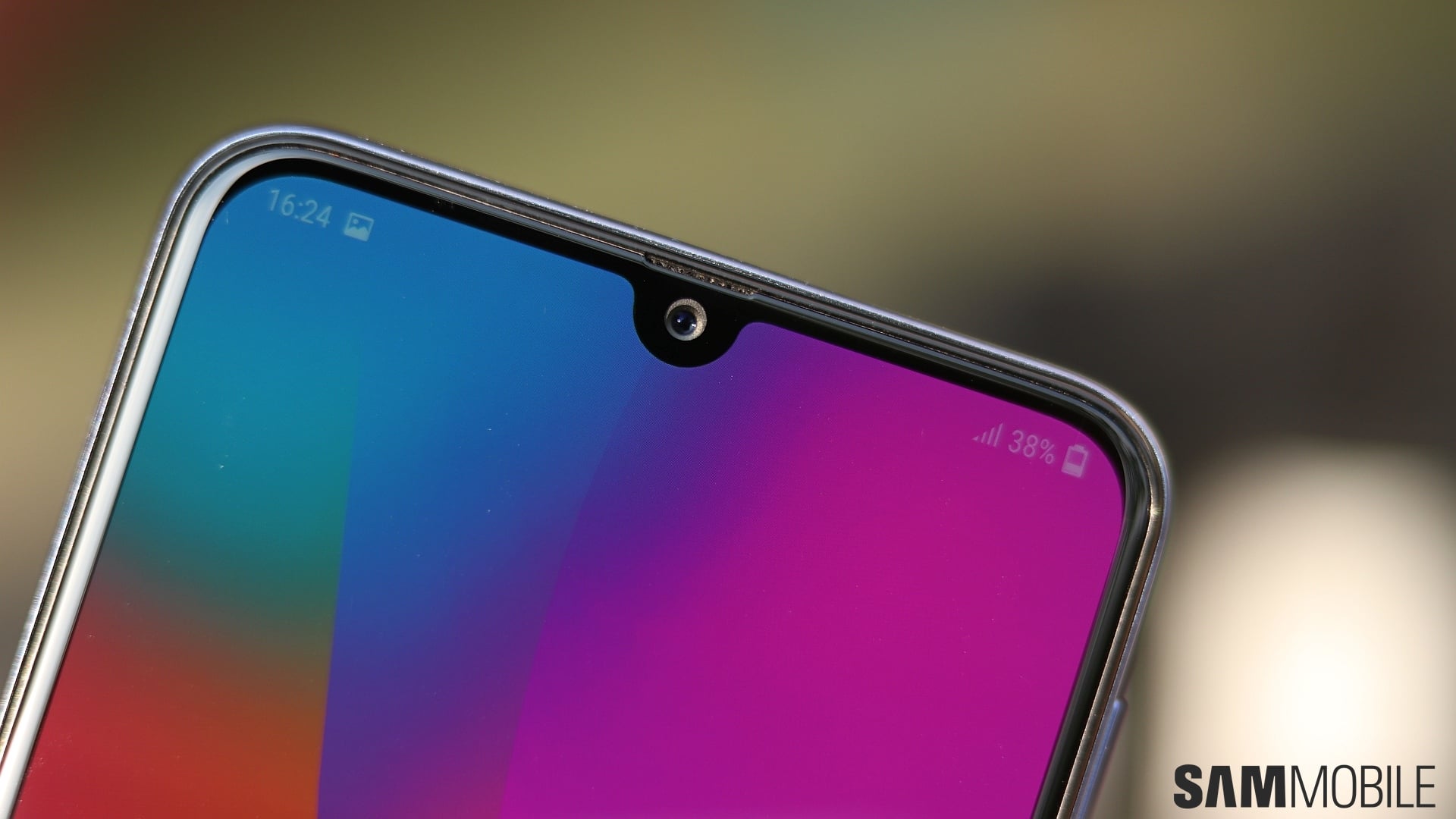
The Galaxy M30 has a 16MP selfie shooter while the M20 had an 8MP front camera, and we have to say the M30 does produce slightly more pleasing selfies overall, as you can see in the comparison below (swipe left for the M20 selfie, right for the M30 picture). It’s certainly something the selfie addicts will appreciate and it makes the Galaxy M30 the better option for them as a result. And combined with the ability to take bokeh photos of non-living things, the M30 basically offers a more complete camera experience.


Conclusion
The way we see it, the Galaxy M30 feels like a Plus variant of the Galaxy M20 similar to how you have Plus and standard variants of Samsung’s flagships. It’s not just the RAM and storage that change. You also get a Super AMOLED display, an extra camera and higher-resolution selfies, and some design changes on the M30. On the top M30 model, you get more RAM (6GB) and internal storage (128GB), but that version is priced a bit too high for us to even consider in this review.
So it comes down to the base Galaxy M30 with 4GB of RAM and 64GB of storage. The M20 with 4GB of RAM and 64GB storage sets you back by Rs. 12,990 ($160), and frankly, at Rs. 14,990 ($215), the M30 doesn’t offer a whole lot more if your budget is tight and you want to save as much money as possible. And if you can live with 3GB of RAM and 32GB of storage, the price of entry for the M20 is even lower at Rs. 10,990 ($160).
But if you can spend a little extra, then the Galaxy M30 is an improved version of a winning formula that Samsung cooked up with the Galaxy M20 and is certainly worthy of your attention if you’re looking to buy a budget smartphone. Like the M20, the one big concern with the Galaxy M30 is the fact that it runs Android Oreo out of the box, but Android Pie will arrive at some point later this year so this is something that should only concern those who value the newest software over everything else.
| Pros |
Cons |
| Big screen on a compact body |
Notch reduces viewing area in video playback and games unoptimized for notches |
| Excellent Super AMOLED display |
Surprising quirks in performance in day-to-day operation |
| Notch is not too intrusive |
Ultra-wide camera has limited resolution |
| Ultra-wide camera on a budget, along with depth-sensing camera for bokeh shots |
Primary camera suffers in low-light conditions |
| Takes nice selfies |
Battery life could have been better |
| Long-lasting battery with fast charging |
Buyers will have to readjust to One UI just a few months later when Pie comes out |
| Exynos 7904 chipset can run high-end games, a first for a budget Samsung phone |
|
| Great pricing |
|
|
|
The post Galaxy M30 review: A Galaxy M20 ‘Plus’ with meaningful additions appeared first on SamMobile.
from SamMobile https://ift.tt/2YrDrYo
via
IFTTT





















